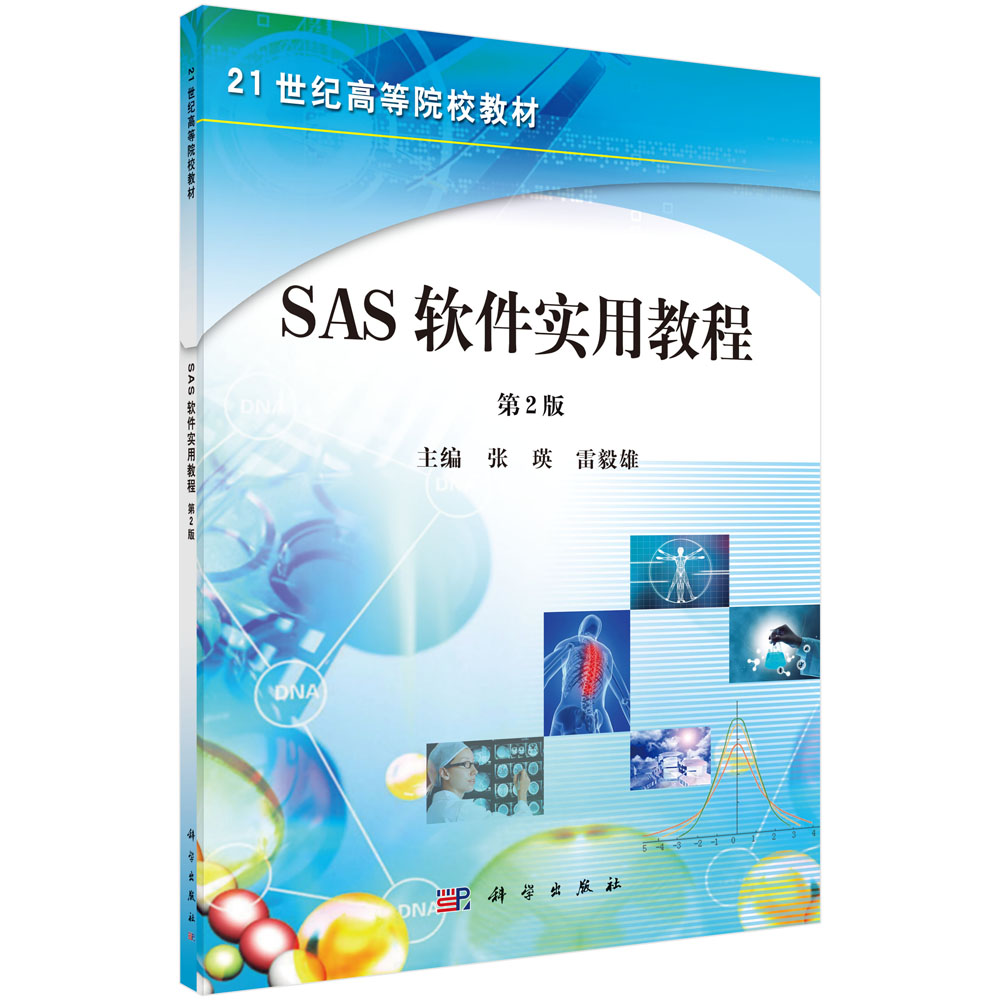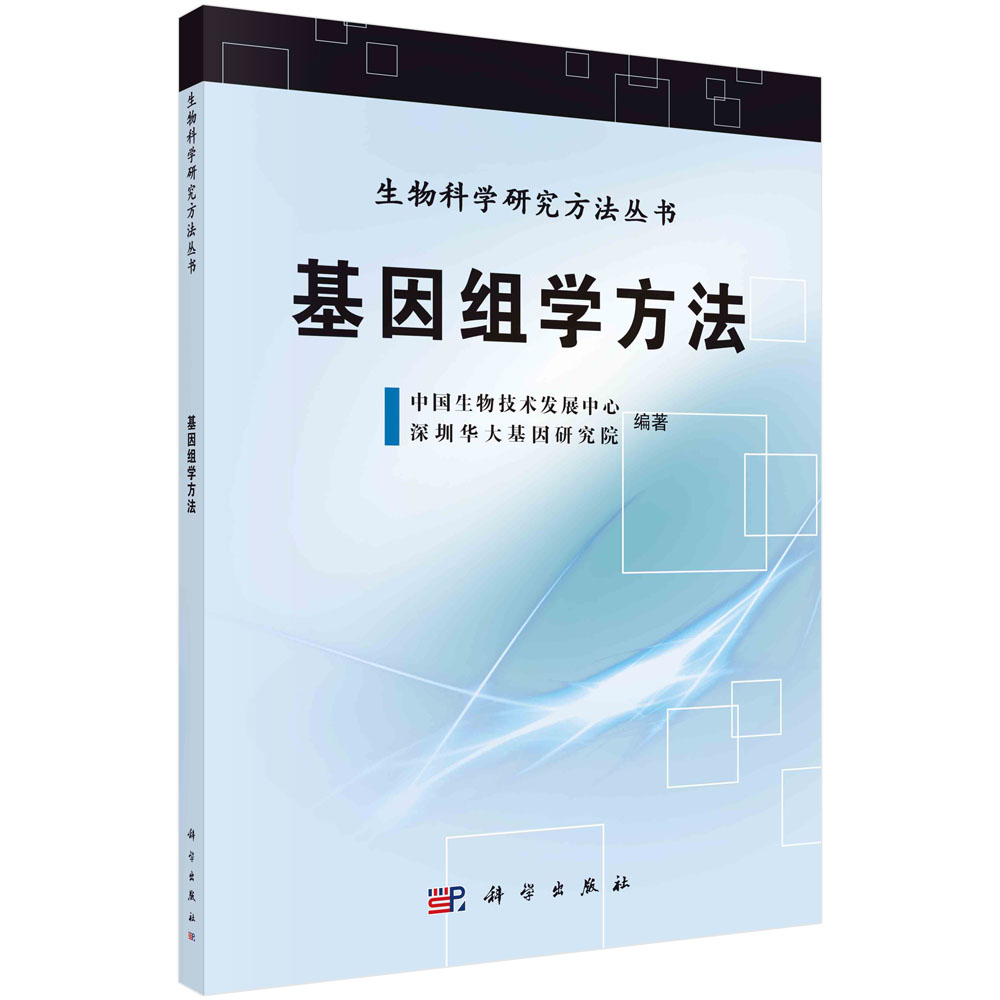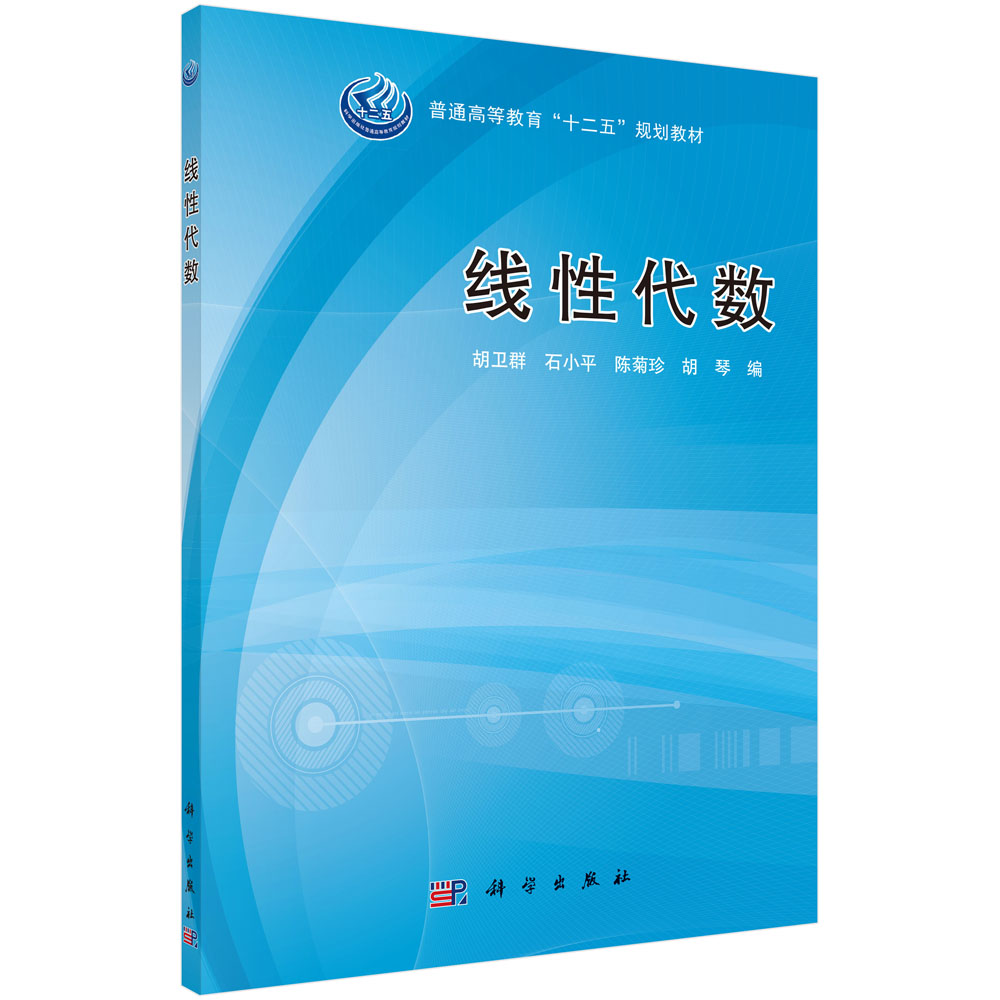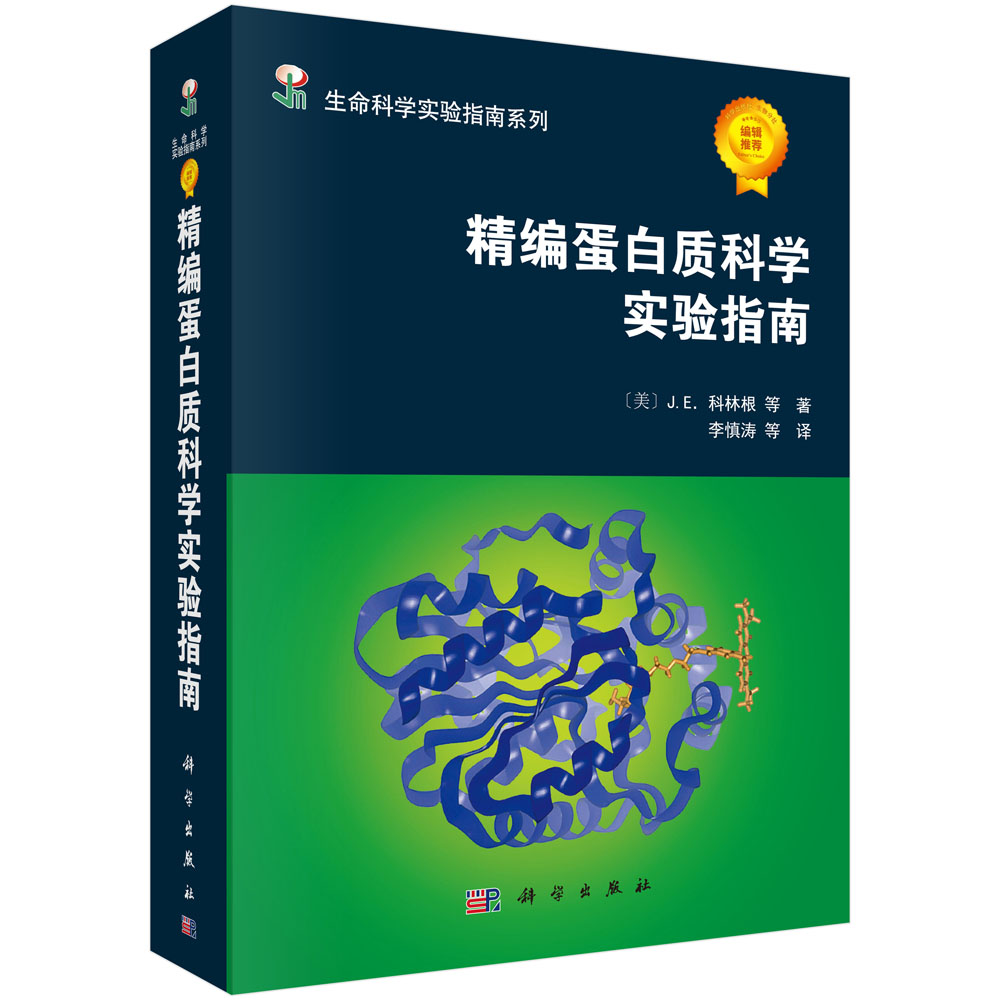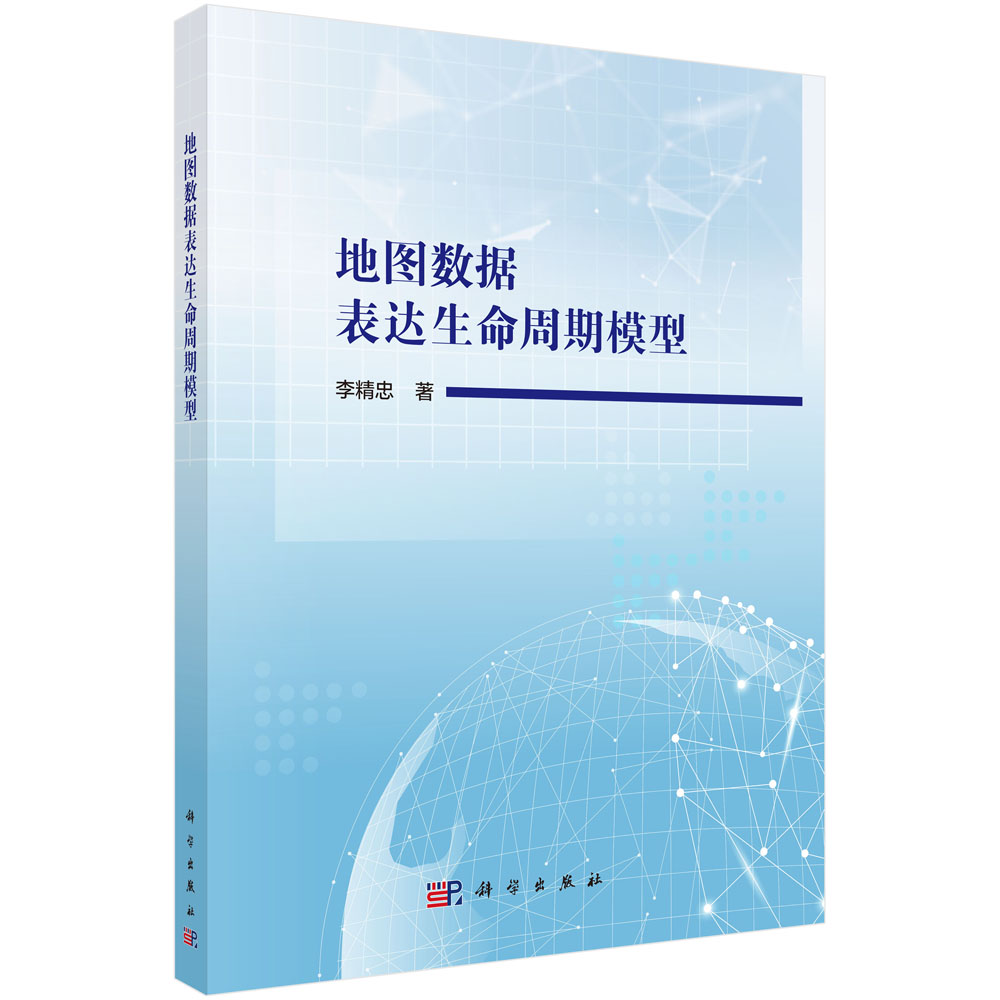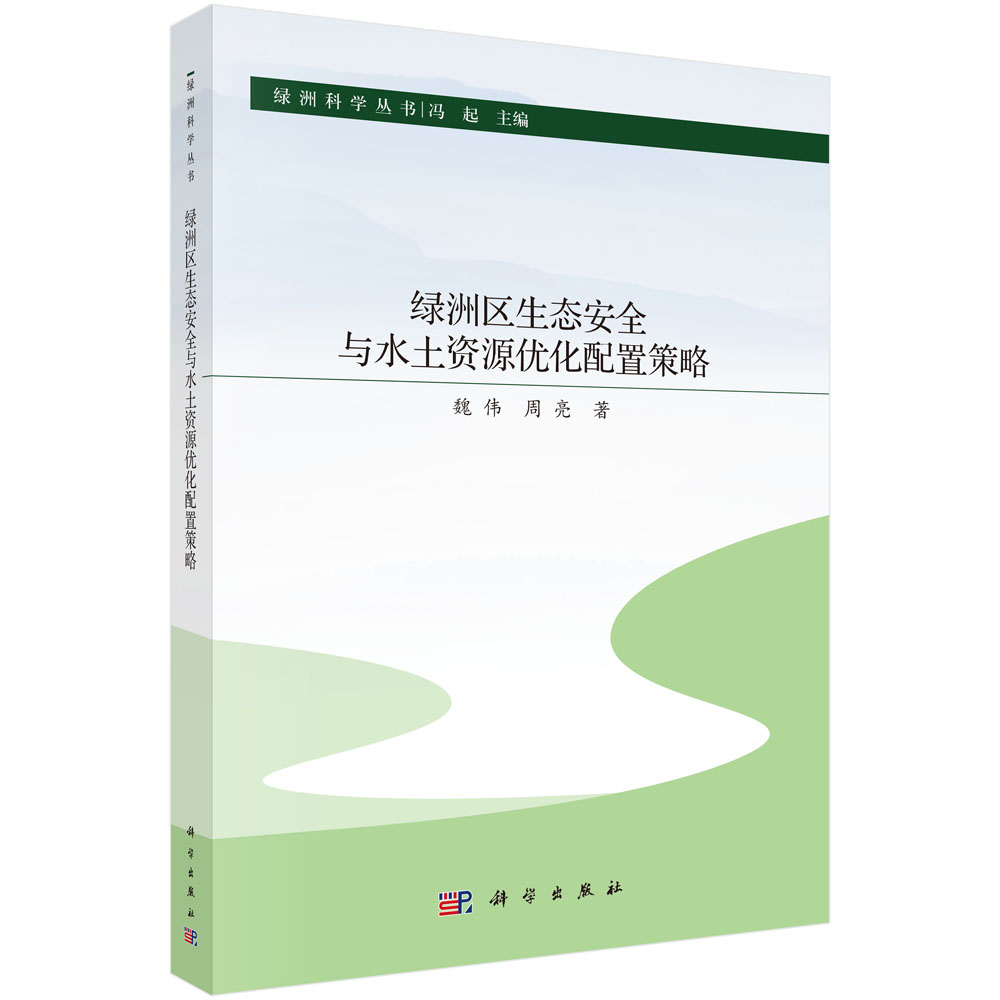本书介绍复杂介质的非平衡动理学:建模、模拟与分析。复杂介质动理学研究,除了实验,主要依赖数值模拟。物理建模和算法设计是数值模拟研究的两个重要环节,物理建模层面的不足无法通过算法精度的提高来弥补。物理建模包括粒子(离散)描述、连续介质描述,以及连接粒子描述与连续介质描述的统计物理描述。另外,不管使用什么物理模型和数值算法,复杂介质动态响应模拟研究面对的都是海量数据、各种复杂构型和物理场。如何从这些数据中有效地提取信息,得出正确的物理规律,是一个极具挑战性又躲不开的课题!由于这些结构的特征往往是缺乏周期性、对称性、空间均匀性和明显的关联性等,因此在模拟研究中对它们的识别和分析一直是个薄弱环节,多年来进展缓慢,本书简要介绍复杂物理场分析方面的思路和进展。
样章试读
目录
- 目录
前言
第1章 基础知识 1
1.1 引言 1
1.2 冲击波简介 2
1.3 多相流简介 5
1.4 物理力学简介 6
1.5 哈密顿力学简介 9
1.6 热力学简介 10
1.6.1 基本概念 10
1.6.2 平衡态热力学 10
1.6.3 非平衡态热力学 17
1.7 统计物理简介 23
1.7.1 统计物理学概述 23
1.7.2 平衡态统计力学 27
1.7.3 非平衡态统计力学 31
第2章 物理模型和模拟方法 41
2.1 粗粒化物理建模概述 41
2.2 分子动力学理论与方法 49
2.3 连续介质理论与方法:固体力学 54
2.3.1 物理模型 56
2.3.2 物质点方法 57
2.4 连续介质理论与方法:流体力学 59
2.5 从元胞自动机到离散玻尔兹曼 67
2.5.1 元胞自动机 67
2.5.2 格子玻尔兹曼 68
2.5.3 离散玻尔兹曼 69
2.5.4 数值解法与物理建模 72
第3章 离散玻尔兹曼方法 74
3.1 现实问题与必要性 74
3.2 DBM 建模的理论框架 76
3.2.1 DBM 建模引言 76
3.2.2 玻尔兹曼方程简介 77
3.2.3 动理学宏观建模 83
3.2.4 动理学直接建模:DBM 91
3.3 滑移流动的 DBM 建模 99
3.3.1 滑移流简介 99
3.3.2 克努森数的含义 101
3.3.3 DBM 建模 102
3.3.4 边界条件 104
3.3.5 模拟结果与分析 106
3.3.6 小结 112
3.4 过渡流动的 DBM 建模 112
3.4.1 基于 ES-BGK 模型的 DBM 建模 112
3.4.2 基于 Shakhov 模型的 DBM 建模 132
3.5 更深程度非平衡流动的 DBM 建模 157
3.6 燃烧系统的 DBM 建模 159
3.6.1 燃烧问题的研究 160
3.6.2 传统模型的 LBM 解法 161
3.6.3 燃烧系统的 DBM 建模:概述 162
3.6.4 燃烧系统的 DBM 建模:实例 165
3.7 等离子体系统的 DBM 建模 180
3.7.1 等离子体系统的动理学描述 180
3.7.2 等离子体激波 182
3.8 多相流动的 DBM 建模 196
3.8.1 多相流动的研究 196
3.8.2 范德瓦耳斯理论 197
3.8.3 传统模型的 LBM 解法 204
3.8.4 基于 DBM 的多相流模型 205
3.9 DBM 建模与 LBM 解法的比较 225
3.10 其他相关问题与小结 227
第4章 复杂物理场分析方法 230
4.1 基于规则点的结构和物理场分析 230
4.1.1 流变学描述 230
4.1.2 形态学描述 232
4.2 基于无规点的结构和物理场分析 235
4.2.1 GISO 简介 236
4.2.2 基于 SHT 的结构管理 236
4.2.3 基于 SHT 的快速搜索法 237
4.2.4 GISO 的应用 238
4.3 流场模拟中的示踪粒子法 246
4.3.1 示踪粒子的引入 246
4.3.2 应用举例 248
第5章 复杂介质动态响应:模拟研究 252
5.1 物质点模拟:整体行为 252
5.1.1 平均行为及其涨落 252
5.1.2 形态学分析 260
5.2 物质点模拟:局域行为 273
5.2.1 冲击加载 273
5.2.2 冲击卸载 279
5.3 离散玻尔兹曼模拟 288
5.3.1 多相流与相变 288
5.3.2 燃烧与爆轰 310
5.3.3 流体不稳定性 327
5.4 分子动力学模拟 352
5.4.1 微结构产生机制 352
5.4.2 微结构演化机制 356
5.4.3 从微观到介观:粗粒化建模 359
5.5 类分子动力学模拟 361
第6章 结论与展望 368
参考文献 371
附录一 关于 DBM 的几个常见问题 390
附录二 两类动理学方法 396
附录三 基于相空间的建模与描述方法 398
附录四 DBM 程序示例与说明 401
附录五 DBM 与高阶有限差分 LBM 414
附录六 基本泛函理论 416
附录七 中英文人名对照表 419
CONTENTS
Preface
Chapter 1 Basic Knowledge 1
1.1 Introduction 1
1.2 Introduction to shock wave 2
1.3 Introduction to multiphase flow 5
1.4 Introduction to physical mechanics 6
1.5 Introduction to Hamiltonian mechanics 9
1.6 Introduction to thermodynamics 10
1.6.1 Basic concepts 10
1.6.2 Equilibrium thermodynamics 10
1.6.3 Non-equilibrium thermodynamics 17
1.7 Introduction to statistical physics 23
1.7.1 Overview of statistical physics 23
1.7.2 Equilibrium state statistical mechanics 27
1.7.3 Non-equilibrium state statistical mechanics 31
Chapter 2 Physical Models and Simulation Methods 41
2.1 Overview of coarse-grained physical modeling 41
2.2 Molecular dynamics theories and methods 49
2.3 Continuum theory and methods: solid mechanics 54
2.3.1 Physical model 56
2.3.2 Material point method 57
2.4 Continuum theory and methods: fluid mechanics 59
2.5 From cellular automata to discrete Boltzmann 67
2.5.1 Cellular automata 67
2.5.2 Lattice Boltzmann 68
2.5.3 Discrete Boltzmann 69
2.5.4 Numerical scheme and physical modeling 72
Chapter 3 Discrete Boltzmann Method 74
3.1 Reality and necessity 74
3.2 Theoretical framework for DBM modeling 76
3.2.1 Introduction of DBM modeling 76
3.2.2 Brief introduction to Boltzmann equation 77
3.2.3 Kinetic macro modeling 83
3.2.4 Kinetic direct modeling: DBM 91
3.3 DBM modeling of slip flow 99
3.3.1 Introduction to slip flow 99
3.3.2 Connotation of the Knudsen number 101
3.3.3 DBM modeling 102
3.3.4 Boundary conditions 104
3.3.5 Simulation results and analysis 106
3.3.6 Brief summary 112
3.4 DBM modeling of transition flow 112
3.4.1 DBM modeling based on ES-BGK model 112
3.4.2 DBM modeling based on Shakhov model 132
3.5 DBM modeling of deeper nonequilibrium flows 157
3.6 DBM modeling of combustion system 159
3.6.1 Studies on combustion problems 160
3.6.2 LBM scheme for traditional models 161
3.6.3 DBM modeling of combustion system: overview 162
3.6.4 DBM modeling of combustion system: examples 165
3.7 DBM modeling of plasma system 180
3.7.1 Kinetic description of plasma system 180
3.7.2 Plasma shock 182
3.8 DBM modeling of multiphase flow 196
3.8.1 Studies on multiphase flows 196
3.8.2 van der Waals theory 197
3.8.3 LBM scheme for traditional models 204
3.8.4 Multiphase flow model based on DBM 205
3.9 DBM modeling versus LBM schemes 225
3.10 Other related questions and summaries 227
Chapter 4 Analysis Method of Complex Physical Field 230
4.1 Structure and physical field analysis based on regular points 230
4.1.1 Rheological description 230
4.1.2 Morphological description 232
4.2 Structure and physical field analysis based on irregular points 235
4.2.1 Introduction to GISO 236
4.2.2 Structure management based on SHT 236
4.2.3 Fast search method based on SHT 237
4.2.4 Application of GISO 238
4.3 Tracer particle method in flow field simulation 246
4.3.1 Introduction of tracer particles 246
4.3.2 Application examples 248
Chapter 5 Kinetic Responses of Complex Media: Simulation Study 252
5.1 Matter point simulation: overall behavior 252
5.1.1 Average behaviors and corresponding fluctuations 252
5.1.2 Morphological analysis 260
5.2 Material point simulation: local behavior 273
5.2.1 Shock loading 273
5.2.2 Shock unloading 279
5.3 Discrete Boltzmann simulation 288
5.3.1 Multiphase flow and phase transition 288
5.3.2 Combustion and detonation 310
5.3.3 Hydrodynamic instability 327
5.4 Molecular dynamics simulation 352
5.4.1 Generation mechanism of microstructure 352
5.4.2 Evolution mechanism of microstructure 356
5.4.3 From microscale to mesoscale: coarse grained modeling 359
5.5 Molecular dynamics-like simulation 361
Chapter 6 Conclusion and Prospect 368
References 371
Appendix I Common Questions about DBM 390
Appendix II Two Kinds of Kinetic Methods 396
Appendix III Modeling and Description Method Based on Phase Space 398
Appendix IV Example and Description of DBM Program 401
Appendix V DBM Versus Higher Order Finite Difference LBM 414 Appendix VI Basic Functional Theory 416
Appendix VII Comparison Table of Chinese and English Names 419
